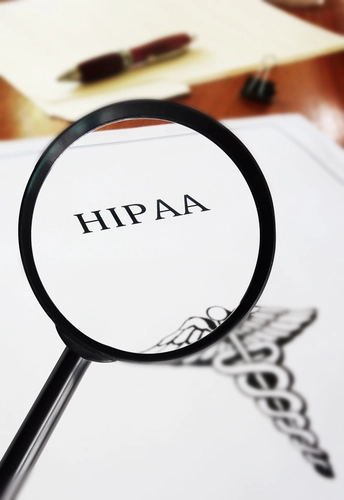Pediatric Coding Alert
Reader Question:
Limit Modifier 55 Use in This Minor Injury Encounter
Published on Fri Jan 19, 2018

You’ve reached your limit of free articles. Already a subscriber? Log in.
Not a subscriber? Subscribe today to continue reading this article. Plus, you’ll get:
- Simple explanations of current healthcare regulations and payer programs
- Real-world reporting scenarios solved by our expert coders
- Industry news, such as MAC and RAC activities, the OIG Work Plan, and CERT reports
- Instant access to every article ever published in Revenue Cycle Insider
- 6 annual AAPC-approved CEUs
- The latest updates for CPT®, ICD-10-CM, HCPCS Level II, NCCI edits, modifiers, compliance, technology, practice management, and more
Related Articles
Other Articles in this issue of
Pediatric Coding Alert
- ICD-10 Coding:
Paint the Whole Picture with Chapter 20 Codes
External cause reporting lets you go the extra mile. Yes, it's true you don't have [...] - Procedure Coding:
Hear This Advice, Code These Tests Clearly
Know which ones can be used as screening tools, and why. Whether your pediatrician performs [...] - E/M Coding:
Follow These Steps to Code Baby's First Few Days
Look to definitions for definitive documentation. The birth of a child, and the days that [...] - You Be the Coder:
Code for Risk Assessment, Education in This Asthma E/M Scenario
Question: Our pediatrician just saw a 13-year-old female patient who had recently been to a [...] - Reader Question:
Limit Modifier 55 Use in This Minor Injury Encounter
Question: An established patient reported to our practice and asked our physician to remove stitches [...] - Reader Question:
Report Units, not Modifier, in This Multiple Injection Scenario
Question: A patient reported to our office with bacterial pneumonia, and our pediatrician decided to [...]
View All




-min.webp)